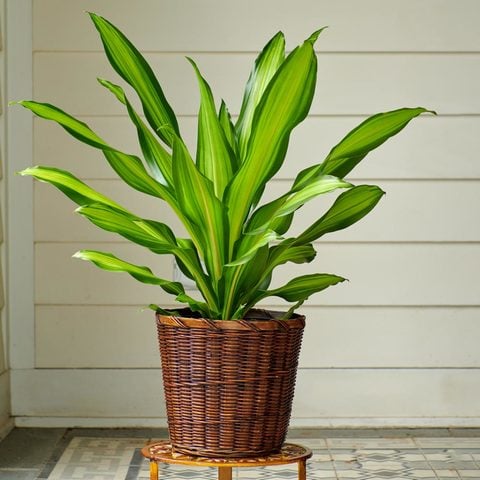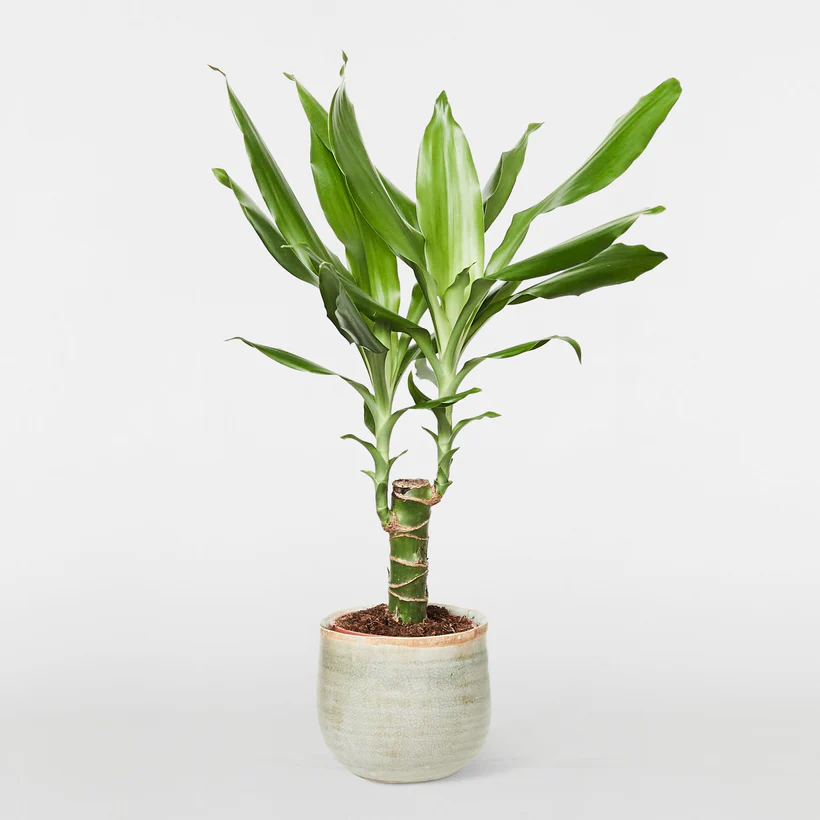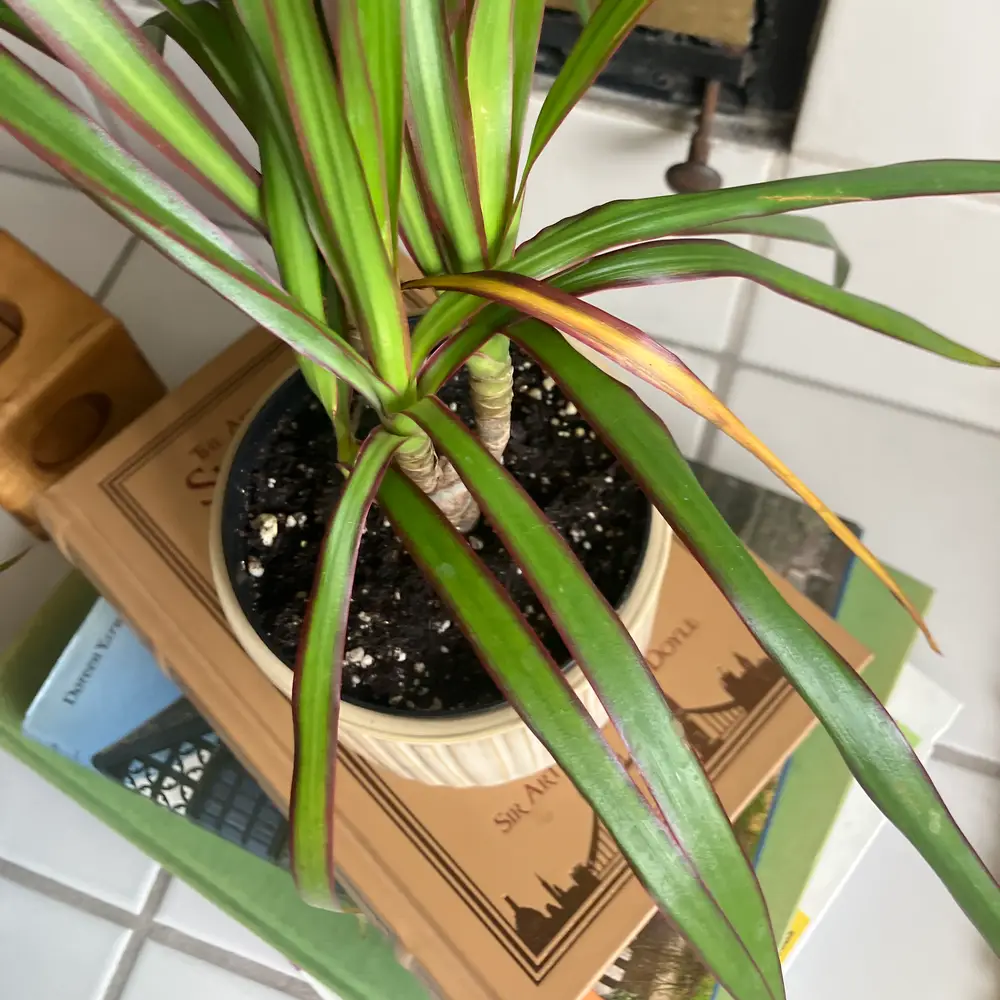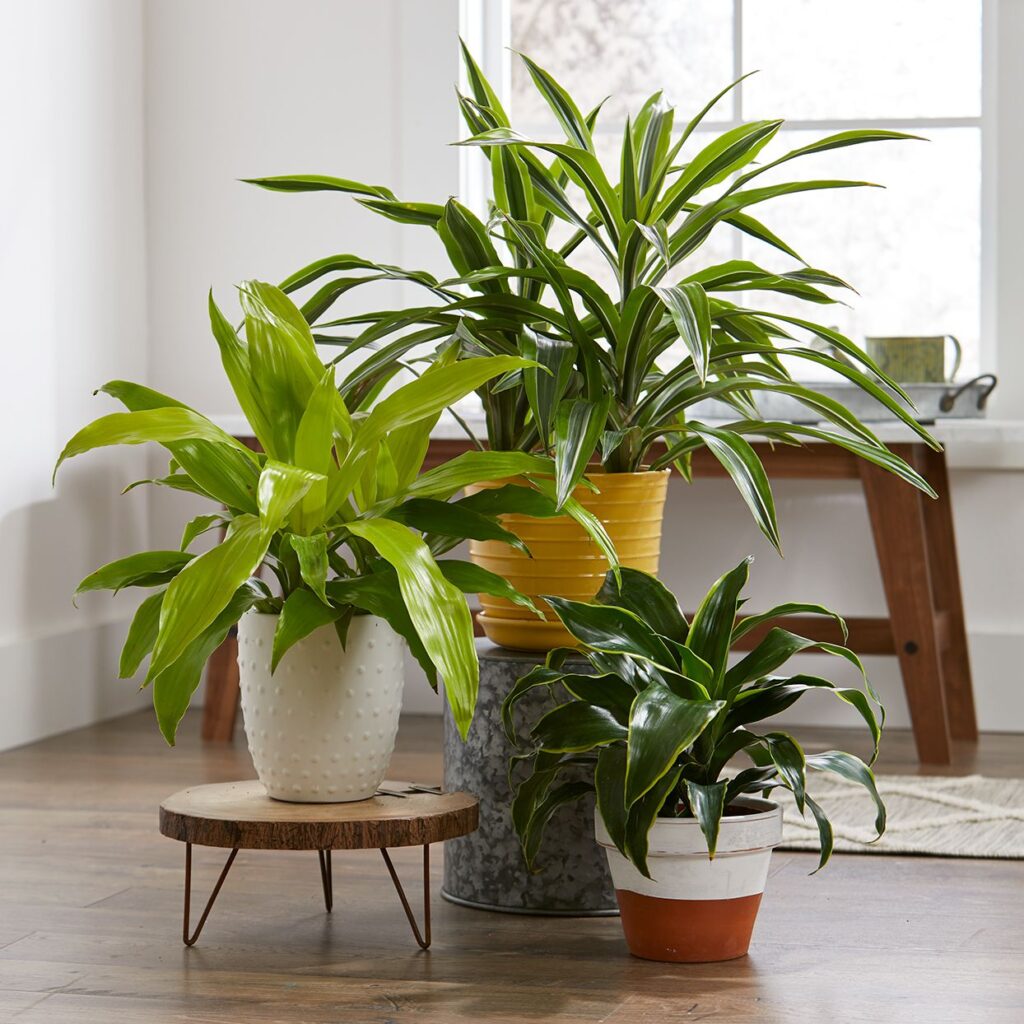The Corn Plant (Dracaena fragrans) is a popular indoor ornamental plant, known for its tall canes, sword-shaped leaves, and easy-care nature. Despite its name, it’s not related to the edible corn crop, but earned its nickname due to its resemblance to corn stalks. Native to the tropical regions of Africa, the Corn Plant thrives in warm, humid environments and has become a staple in homes, offices, and public spaces for its air-purifying qualities and bold foliage.
One of the most important aspects of caring for a Corn Plant is understanding its water needs. While it’s relatively drought-tolerant, incorrect watering is the most common cause of plant stress, leading to yellow leaves, drooping, or even root rot. In this article, we’ll explore how often you should water a Corn Plant, factors that influence watering frequency, signs of overwatering and underwatering, and effective care tips to help your plant flourish.
Understanding the Corn Plant’s Natural Habitat

In the wild, Dracaena fragrans grows in warm, humid, and partially shaded tropical regions, where:
- Rainfall is frequent but well-drained through loose, organic-rich soil
- Temperatures remain moderate
- Air humidity is high
This means the Corn Plant prefers lightly moist, but not waterlogged soil. Understanding this is crucial in replicating the ideal growing conditions indoors.
How Often Should You Water a Corn Plant?

1. General Watering Schedule
A basic guideline for watering a Corn Plant is:
- Once every 7–10 days during the growing season (spring and summer)
- Once every 2–3 weeks during the dormant season (fall and winter)
However, rigid schedules can be risky. The exact watering frequency depends on several environmental factors like light, temperature, humidity, pot size, and soil type. It’s best to check the soil moisture before each watering rather than following a strict calendar.
Factors Influencing Corn Plant’s Watering Needs

To determine the right watering routine, consider these important factors:
1. Temperature and Season
- High temperatures (above 24°C/75°F) increase evaporation and the plant’s water usage, requiring more frequent watering.
- In cooler months (below 18°C/64°F), the plant’s growth slows, and water needs decrease.
Tip: Water more often in summer and reduce frequency in winter.
2. Humidity
Corn Plants thrive in moderate to high humidity levels (40–60%). In dry environments:
- Soil dries out faster.
- The plant may show brown leaf tips or edges.
Tip: In arid or air-conditioned rooms, mist the leaves or place the plant on a humidity tray.
3. Light Exposure
While Corn Plants tolerate low light, their water needs vary with light intensity:
- Brighter light = faster soil drying, more frequent watering.
- Low light = slower drying, less frequent watering.
Tip: Adjust watering frequency based on your plant’s placement.
4. Soil Type and Drainage
A well-draining potting mix helps prevent root rot while retaining enough moisture for healthy growth. Ideal mixes include:
- Loamy soil with perlite or coarse sand
- Pre-mixed potting soil for indoor tropical plants
Tip: Avoid compacted or water-retentive soils that hold excess moisture.
5. Pot Size and Material
- Large pots hold more water and take longer to dry.
- Terracotta pots allow moisture to evaporate faster than plastic or ceramic ones.
Tip: Always ensure your pot has drainage holes.
Signs of Overwatering and Underwatering

Recognizing the signs of incorrect watering can save your plant from serious damage.
1. Signs of Overwatering
- Yellowing lower leaves
- Drooping, soft stems
- Mushy, dark brown roots (root rot)
- Moldy, soggy soil surface
Solution: Remove affected leaves, let the soil dry out, and adjust your watering habits. Repot if necessary.
2. Signs of Underwatering
- Brown, crispy leaf tips or edges
- Drooping or curling leaves
- Soil pulling away from the pot’s sides
- Slow growth
Solution: Water thoroughly and consider increasing humidity levels. Regularly check soil moisture.
How to Check Soil Moisture Before Watering

Before each watering, perform a quick soil check:
- Finger test: Insert your finger 1–2 inches into the soil. If it feels dry at that depth, it’s time to water.
- Moisture meter: For more precision, use a moisture meter to determine soil dryness.
- Visual cues: Observe the plant and soil surface. Dry, light-colored soil may indicate it’s ready for water.
Best Watering Techniques for Corn Plants
1. Water Evenly
Pour water evenly around the base of the plant until it drains from the bottom holes. This ensures that all roots get moisture.
2. Use Room-Temperature, Non-Chlorinated Water
Cold water can shock the roots, and chlorinated tap water may cause leaf browning. Use:
- Filtered water
- Rainwater
- Tap water left to sit overnight
3. Allow Water to Drain
Never let your Corn Plant sit in standing water. Empty saucers 20–30 minutes after watering.
Seasonal Watering Guidelines
| Season | Watering Frequency | Tips |
|---|---|---|
| Spring/Summer | Every 7–10 days | Check soil regularly, increase humidity |
| Fall/Winter | Every 14–21 days | Water less, avoid soggy soil, reduce misting |
Common Mistakes to Avoid
- Overwatering in winter
- Using compact, poorly-draining soil
- Ignoring humidity needs
- Watering on a strict schedule without checking soil
- Letting soil completely dry for extended periods
Additional Tips for Healthy Corn Plants
- Wipe leaves regularly with a damp cloth to remove dust and improve photosynthesis.
- Avoid placing near heat vents, cold drafts, or air conditioners.
- Fertilize lightly every 6–8 weeks in spring and summer with a balanced, water-soluble fertilizer.
- Repot every 2–3 years to refresh soil and prevent root binding.
Conclusion
The Corn Plant is a beautiful, hardy, and rewarding houseplant that brings a tropical touch to any space. Its key to thriving lies in providing the right balance of water and allowing the soil to dry slightly between waterings.
Generally, water your Corn Plant every 7–10 days during active growth seasons and every 14–21 days in cooler months, adjusting based on environmental conditions. Always check the soil before watering, use well-draining soil, and maintain appropriate humidity for the healthiest plant possible.
By understanding your Corn Plant’s needs and adjusting your care routine, you can enjoy a vibrant, air-purifying companion for years to come.





